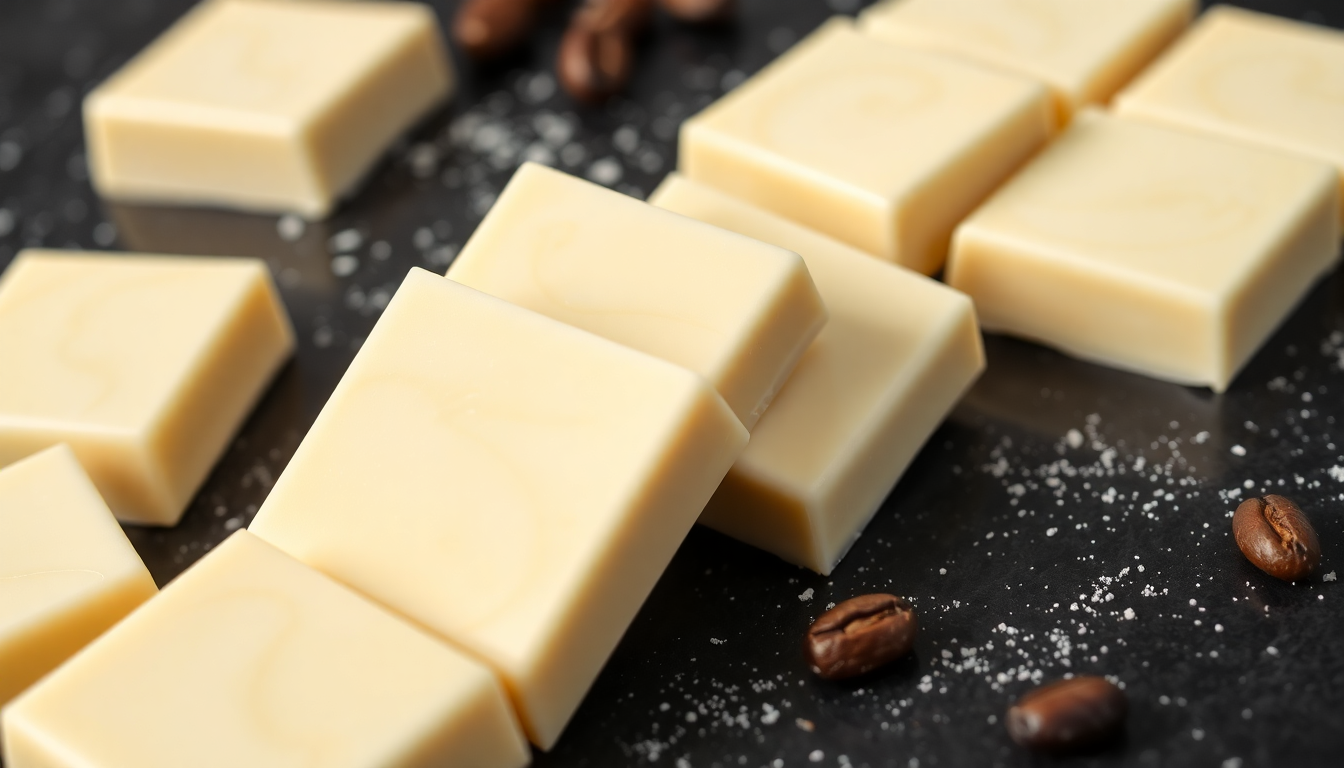
What is White Chocolate: A Sweet Exploration
The Origins of White Chocolate
It all started when a curious twist of culinary fate led to the creation of what we now lovingly call white chocolate. Unlike its darker counterparts, white chocolate doesn't take itself too seriously. Sure, it lacks the traditional chocolate color, but what it doesn't have in appearance, it more than makes up for in taste. Originating in the 1930s, this creamy treat emerged from Switzerland, home of some of the world's best chocolate innovations. The Swiss, known for their love of chocolate, decided to innovate further and produced this creation that's technically not chocolate, at least by the purists' standards. How so? Well, it's all about the lack of cocoa solids. But more on that later! For now, let's just appreciate the bold decision that led to the birth of white chocolate—an indulgence loved by many for its sweet and buttery flavor.
The Ingredients That Make It Different
Now, you might be wondering, "What exactly is in white chocolate?" Unlike dark or milk chocolate, **white chocolate** isn't in the club of 'chocolates' due to one missing ingredient—cocoa solids. It's this absence that sets it apart and gives it a unique charm. Instead, its primary components are cocoa butter, sugar, and milk solids. Cocoa butter? Yes! It's derived from cocoa beans, but lacks the solids that give chocolate its deep flavor. Think of cocoa butter as the smooth operator that gives **white chocolate** its luxurious mouthfeel. While some might consider it a lesser cousin of the traditional chocolate family, for many, the absence of bitterness is precisely what makes it so appealing. This concoction isn't just a treat—it's a statement of preference for those who cherish a sweeter, creamier, and smoother experience.
How White Chocolate is Made
Creating white chocolate is both an art and a science. The journey begins with the harvesting of cocoa beans which are then processed to extract cocoa butter. Once separated, the butter undergoes refining processes to purify it until it reaches the desired quality. Thereafter, the cocoa butter gets blended with sugar and milk solids. Sometimes, vanilla or other flavorings are added to enhance its sweet and fragrant notes. The mixture is then conched—a process that ensures all ingredients meld together smoothly, eliminating grainy textures. Finally, it's tempered to stabilize, ensuring a glossy finish and crisp snap when you bite into it. The end result is a velvety, ivory confection that's undeniably rich and delectably sweet. It's worth noting that the quality of **white chocolate** varies significantly depending on the proportion of cocoa butter; higher cocoa butter content typically equals better white chocolate.
The Debate on Chocolate Status
"Is white chocolate real chocolate?" might be one of the most hotly debated questions among cocoa connoisseurs. Purists argue that by virtue of missing cocoa solids, it doesn't deserve a spot on the chocolate podium. But others argue, why should it even matter? Much like art, taste is subjective. The essence lies in enjoyment rather than strict definitions. In the United States, white chocolate must contain at least 20% cocoa butter to be legally branded as such. In the grand scheme of treats, what white chocolate lacks in cocoa, it gains in versatility and flavor blending. Whether or not you see it as true chocolate doesn't diminish its impact on the dessert world. From cakes and fillings to candies and frostings, it's undeniably a staple ingredient that adds a touch of creamy luxury.
Ways to Enjoy White Chocolate
Dare to venture beyond the ordinary bar? White chocolate is not just for biting into; it’s a perfect match for an array of culinary delights. Its mild sweetness makes it a fantastic partner for more adventurous palates. Ever tried a white chocolate matcha latte? Or how about a raspberry white chocolate cheesecake? The possibilities are endless. It's a staple in baking, especially when you want to cut down on bitterness or when you want to create visually stunning desserts. And don't even get us started on white chocolate coated pretzels or macadamia nut cookies. The creamy texture offers a luscious backdrop for all kinds of flavors, be they tart, sweet, or salty. So next time you're in the kitchen, don't just settle for the same old—give **white chocolate** a try and let it surprise your senses!



Leave a comment
This site is protected by hCaptcha and the hCaptcha Privacy Policy and Terms of Service apply.